Meet Kyle Good | Content Creator | Social Media Manger | Cinematographer | Photographer
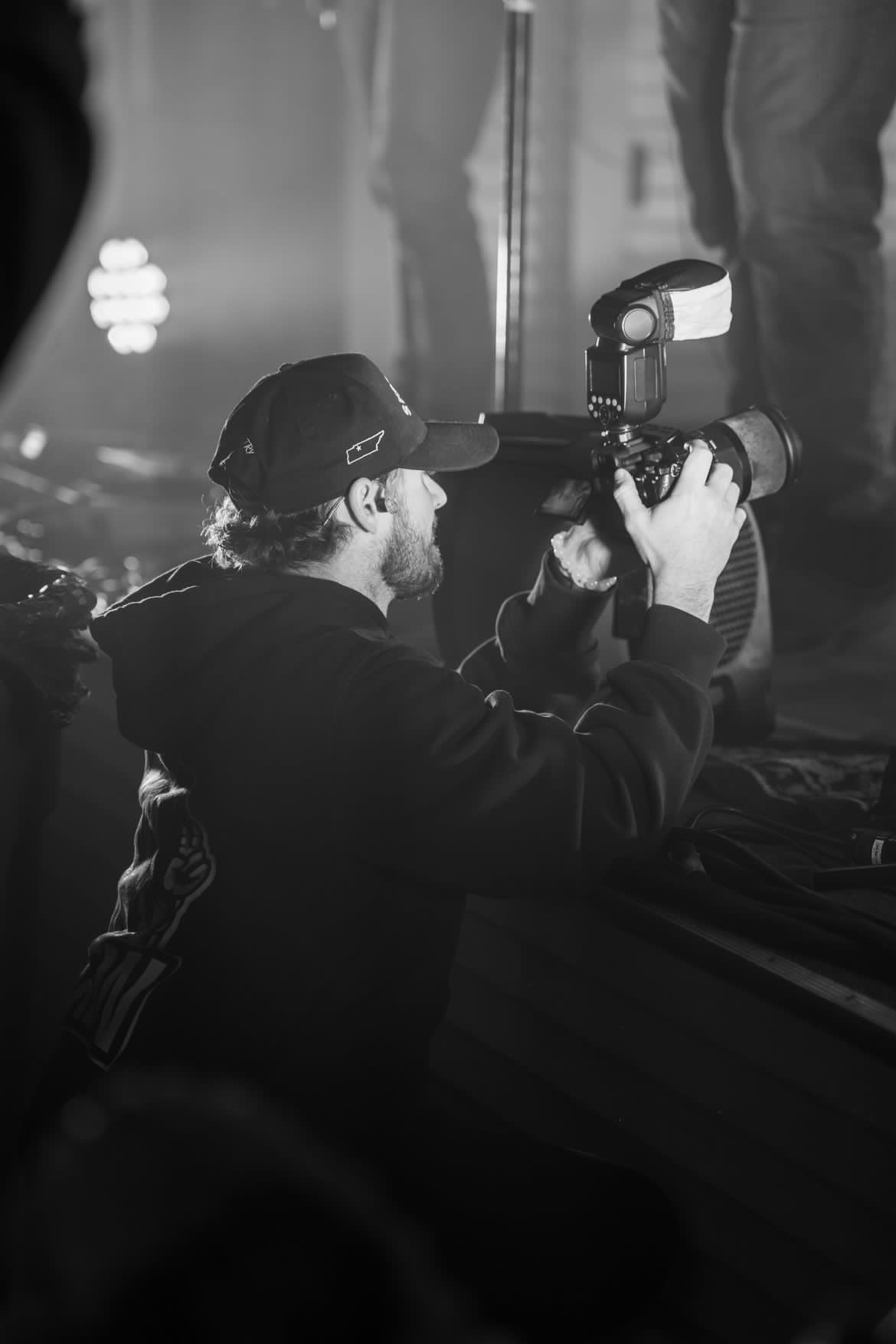

We had the good fortune of connecting with Kyle Good and we’ve shared our conversation below.
Hi Kyle, we’d love to hear about how you approach risk and risk-taking.
Risk has always been a significant part of my journey as a videographer. Early on, I had to take risks that stretched my comfort zone, whether it was investing in expensive equipment I wasn’t sure I could afford, or taking on projects that were way outside my skillset at the time. But those risks ultimately paid off in ways I didn’t expect.
The first big leap I took was leaving a stable job to pursue videography full-time. It was terrifying, but I knew that if I didn’t take that risk, I’d never know what I was truly capable of. That decision meant long hours, a lot of self-teaching, and facing a lot of failures. But every mistake and every hard decision made me better at what I do.
As my business grew, I started taking risks with the types of projects I’d accept. I moved from smaller, local gigs to larger corporate work, and high-profile events. With each step, the stakes got higher, but so did the rewards. I learned how to manage clients, deal with pressure, and most importantly, to trust my instincts even when things seemed uncertain.
Risk-taking is no longer just about jumping into the unknown, but about calculated decisions. It’s about pushing boundaries—whether that’s trying new equipment, exploring innovative techniques, or stepping into new markets. In this industry, staying stagnant is a risk in itself. My career has always been about adapting, evolving, and knowing when to step out of my comfort zone.
So, for me, taking risks has been crucial to getting to where I am today. It’s been about balancing fear with the thrill of possibility and knowing that even if something doesn’t work out, it’s all part of the bigger picture. Without those risks, I wouldn’t be able to create the stories I do, and I certainly wouldn’t be running the business I’ve built.
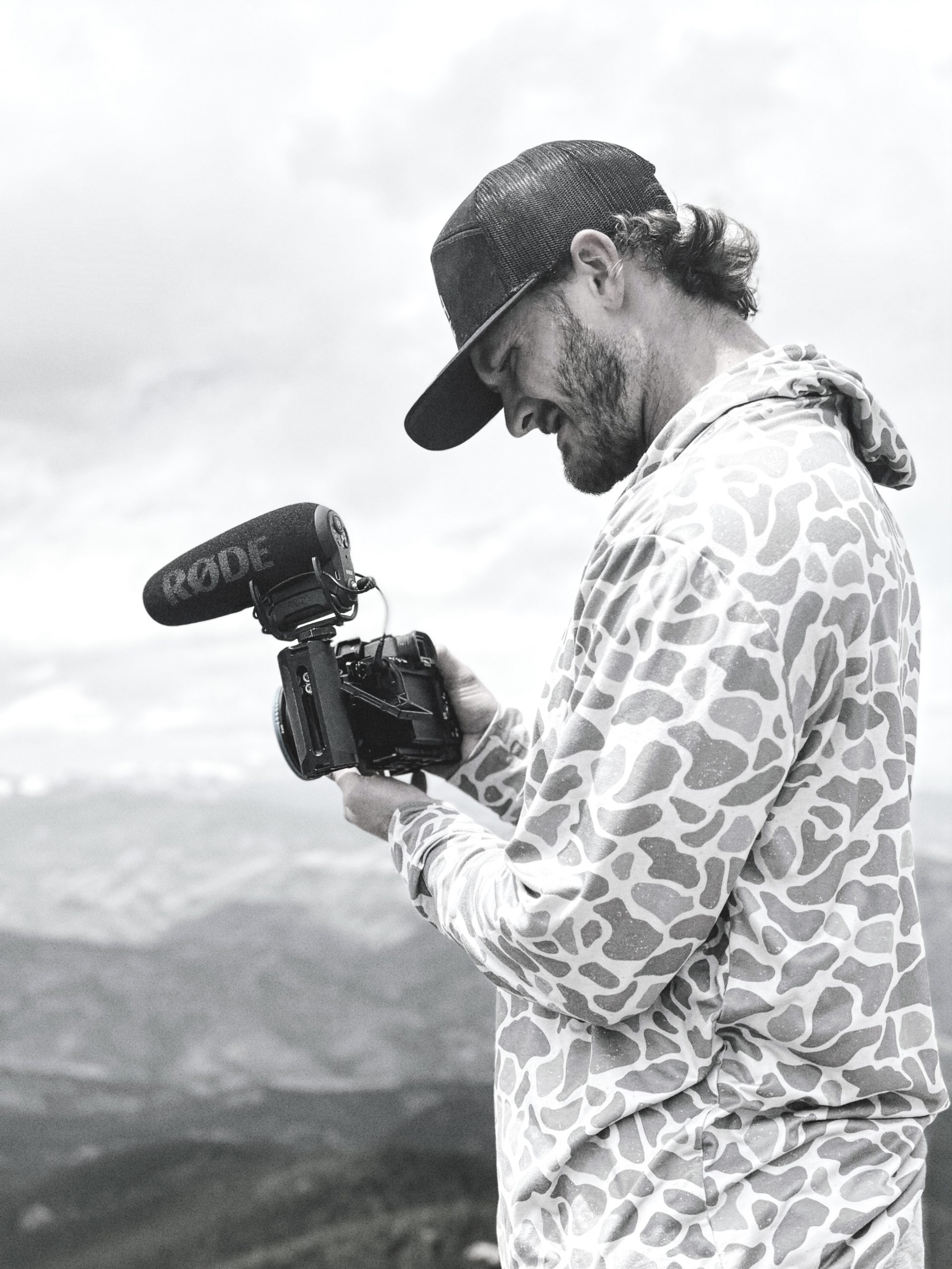
Let’s talk shop? Tell us more about your career, what can you share with our community?
At the core of my art, I believe it’s all about storytelling. Videography, for me, isn’t just about capturing beautiful shots or mastering technical skills—it’s about conveying a message, an emotion, a story that resonates with the viewer. Every frame, every angle, every piece of music is carefully chosen to elevate the narrative. It’s that attention to the emotional journey that sets my work apart.
What excites me the most is when I can create something that not only looks visually stunning but also feels deeply connected to the people involved. It’s the moments when I’m able to bring out raw emotion or a unique perspective that makes the project special. I’m proud when a client looks at the final product and feels like their story has been told in a way that’s both authentic and impactful. That’s when I know I’ve done my job right.
Getting to where I am today wasn’t easy, though. It’s been a journey full of ups and downs, and I’ve faced plenty of obstacles along the way. In the beginning, there was a lot of self-doubt. Like anyone starting out, I wasn’t sure if I was good enough or if I could actually make a career out of something as unpredictable as videography. But the key was persistence. I kept learning, kept pushing forward, and eventually I started to get more opportunities.
The biggest challenges I faced were mostly about balancing the creative side with the business side. Early on, I struggled with pricing, managing clients, and even just finding consistent work. But through trial and error—and a lot of sleepless nights—I learned how to build a brand that people trusted. I learned how to negotiate, how to market myself, and how to stay true to my vision while being adaptable enough to meet clients’ needs. I’ve also learned the importance of building relationships—both with clients and with other creatives. Collaboration has played a huge role in my growth.
One of the biggest lessons I’ve learned is that failure is just part of the process. Every project doesn’t go perfectly, and sometimes things fall through that you thought would be “the one.” But those failures are what teach you the most. They force you to grow, to innovate, and to refine your craft. I’ve also learned that it’s essential to trust my instincts and not be afraid to experiment. Some of my best work came from taking risks and stepping outside of what was comfortable.
What I want the world to know about me—and my brand—is that I’m not just a videographer. I’m a storyteller, and my work is a reflection of my commitment to capturing moments that matter. I approach every project with passion and a deep respect for the people I’m working with. I want my art to inspire, to make people feel something, and to spark conversation. Above all, I want my brand to stand for authenticity, creativity, and the power of storytelling.
So, where I am now? It’s not the end, but it’s been a rewarding and fulfilling journey—and I’m excited for what’s next. It’s been about constantly evolving and staying true to what I love to do: telling stories through the lens of a camera.
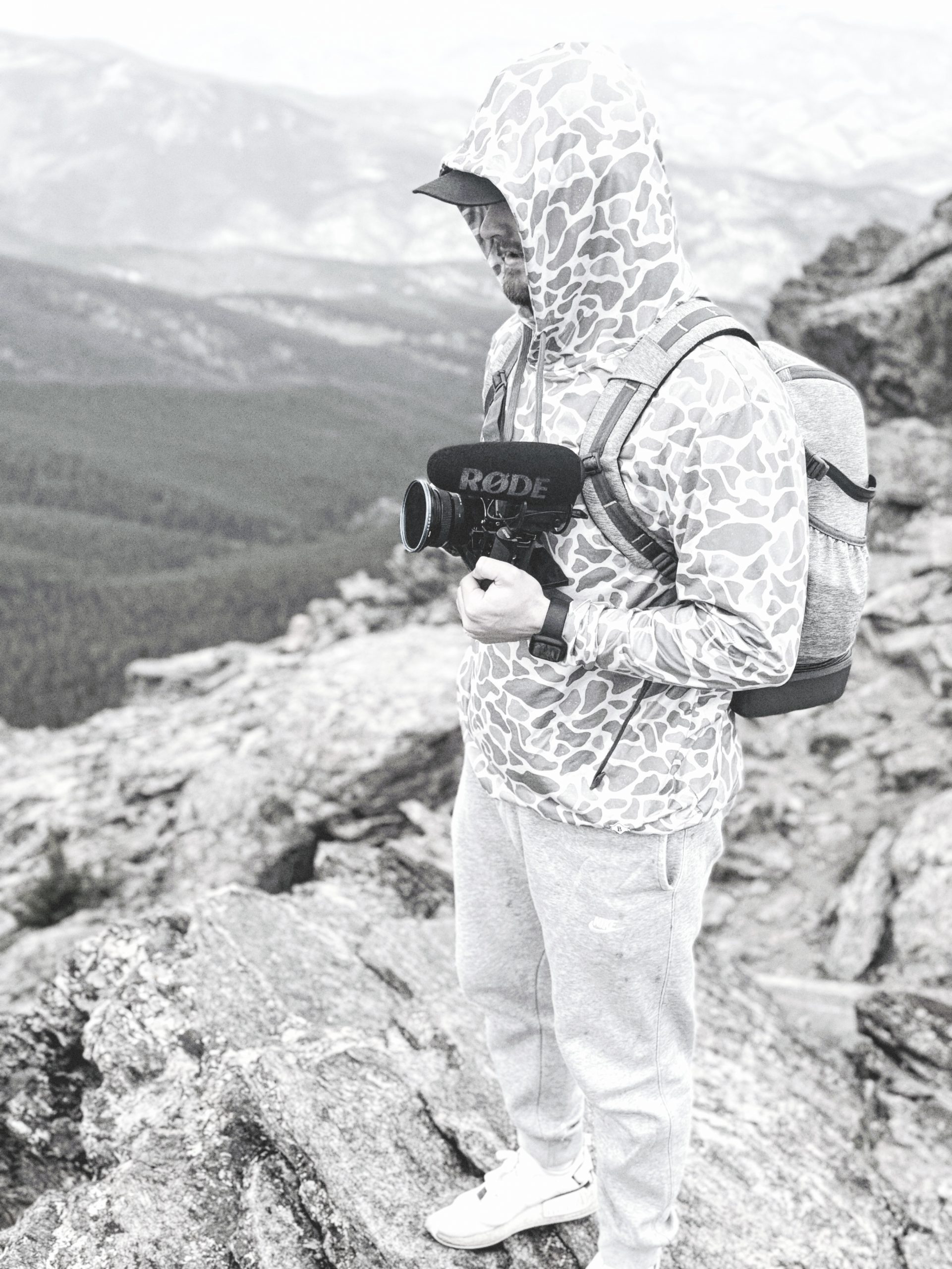
If you had a friend visiting you, what are some of the local spots you’d want to take them around to?
If my best friend was visiting for a week, I’d definitely want to make sure they get a taste of everything that makes the area special. Here’s how I’d break down the perfect itinerary for an unforgettable week:
Day 1
On day 1 I would break down a little plan for the day on adventuring but also still capturing the moments that last a lifetime, but also still living and enjoying the moment we are in. Prior to arriving to the location, we would stop and grab a bite to eat as well as some coffee to get the day started.
Day 2
Day 2 would consist of doing tourists activities where we would visit the most iconic places in the area, along with the history that comes with it.
Day 3
Day 3 would be a chill day around the house with movies, shows, filming creative scripts, and whatever may come with a chill day.
Day 4
Day 4 would consist of finding some hidden gyms in the town. Visiting places that arent often seen or talked about but have a good history and view of the area.
Day 5
Day 5 would be a day that we would venture to eat foods around the area that are top notch places that not everyone gets to experience. We would try new foods and coffee shops that day to break out of the bubble of “the normal” and try new things.
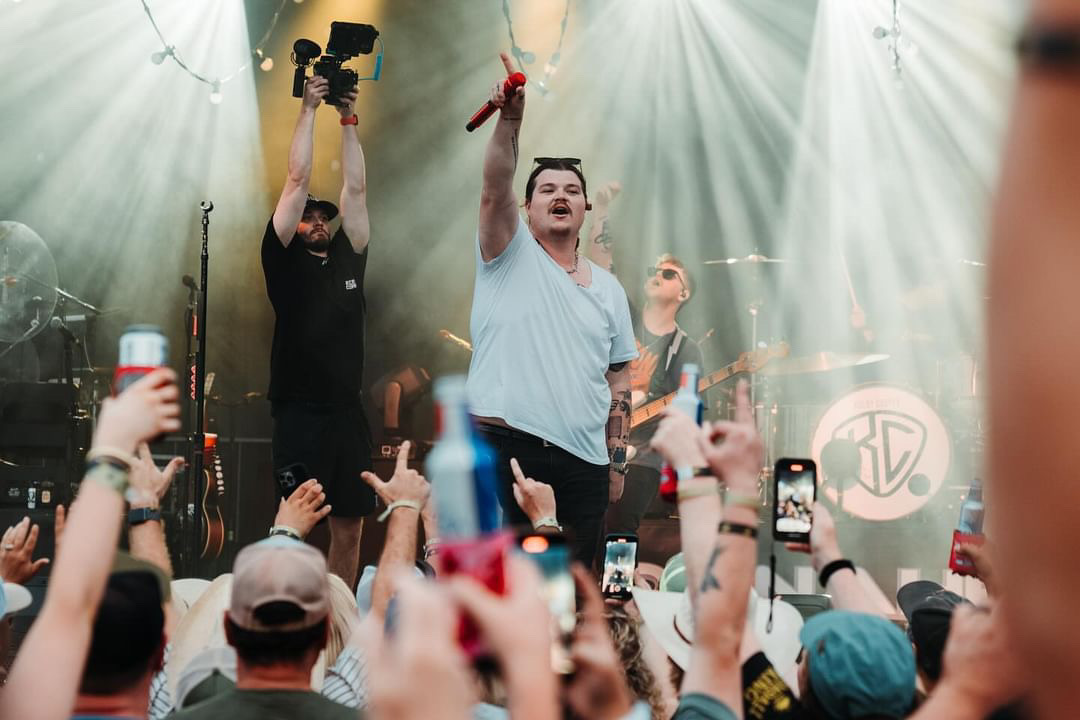
Who else deserves some credit and recognition?
Oh, absolutely. If I’m being real, my success wouldn’t have happened without a handful of key people and influences in my life.
First and foremost, I have to shout out to my family & friends. They were there in the early days when I was just getting started, unsure of where this videography thing would go. They believed in me, even when I didn’t fully believe in myself. The support they gave, whether financial or emotional, made all the difference during those first, lean years when I was hustling to make a name for myself.
I also owe a massive shoutout to a Trevor Lamb. He is one guy in particular who I met early in my career who really showed me the ropes—helped me understand not just the technical side of videography, but also how to approach clients, how to run a business, and how to deal with failure. His guidance shaped how I operate today, and I’m constantly thinking back to the advice he gave me.
Instagram: https://www.instagram.com/kyle.goodd/
Youtube: https://www.youtube.com/@Kylegoodd
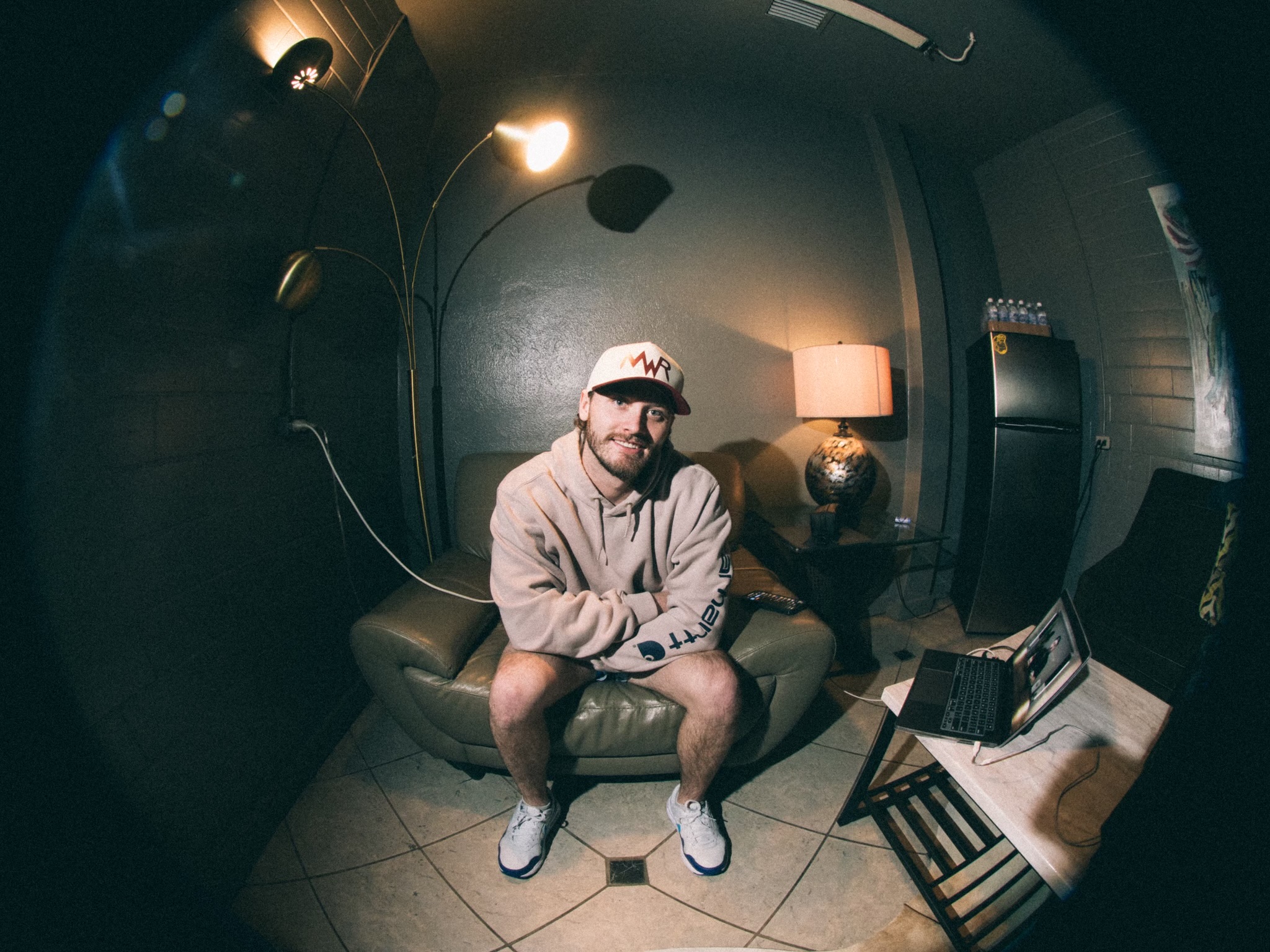
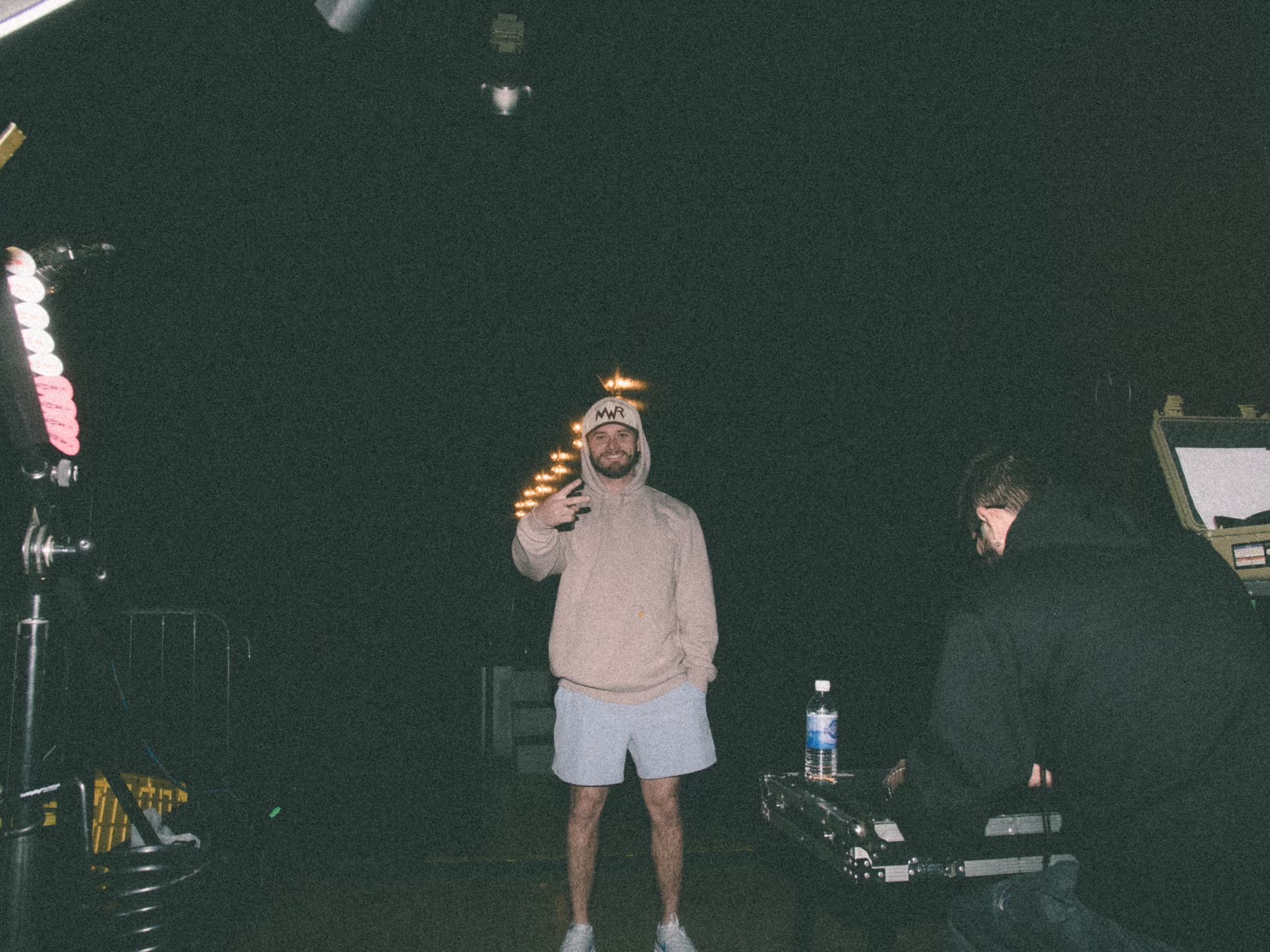
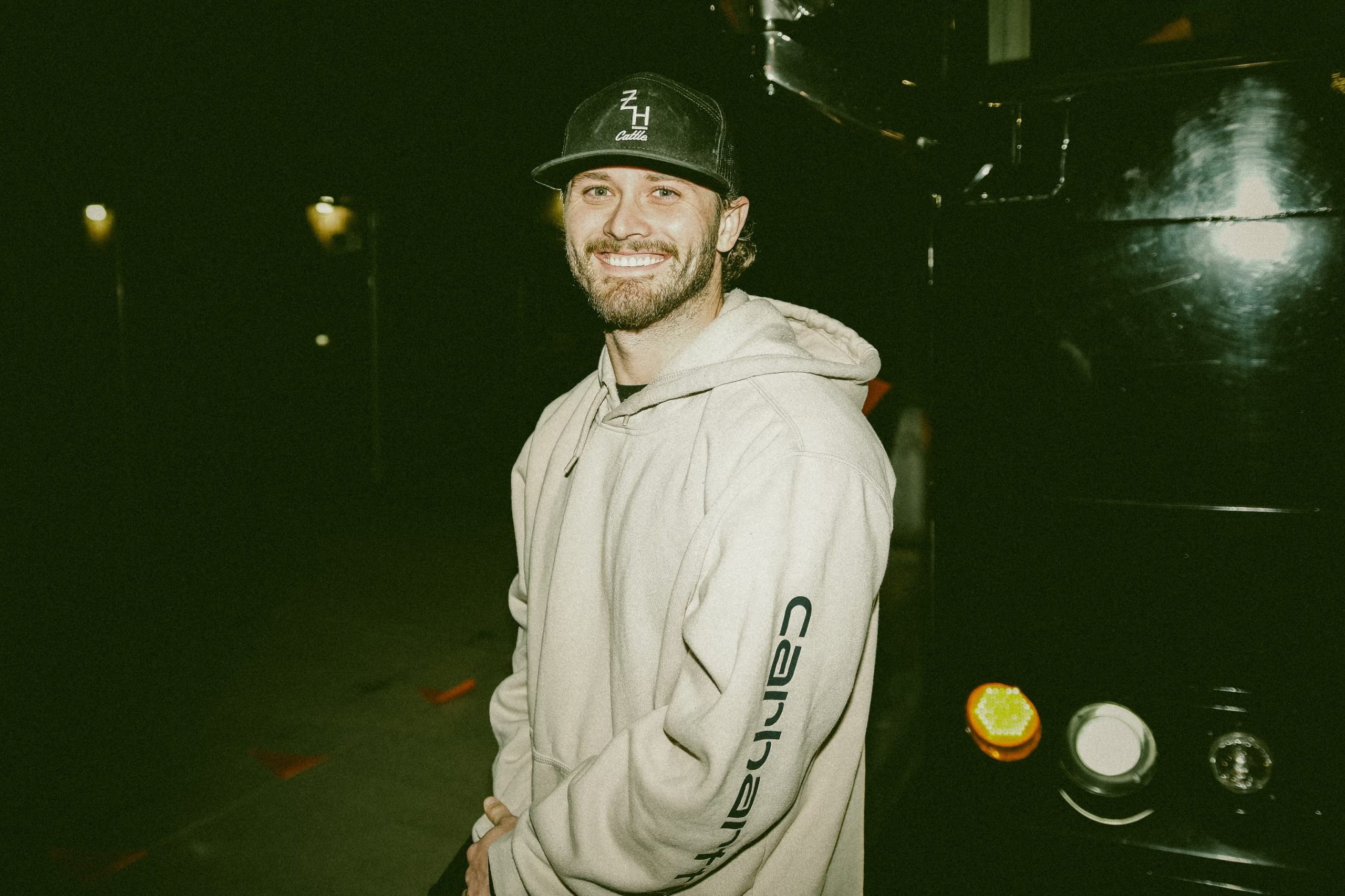

Image Credits
Blake Purcell, Faith Merchant, Beau Bolfing
